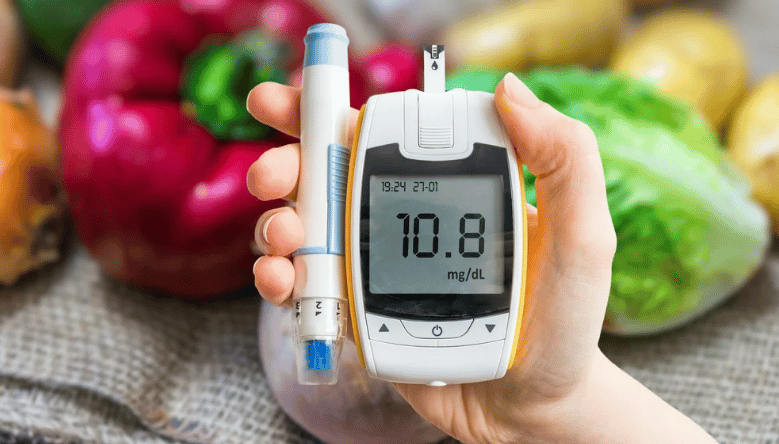Prediabetes falls short of being categorized as type 2 diabetes because it is not as severe. Nevertheless, absent necessary lifestyle adjustments, both adults and children with prediabetes may progress to type 2 diabetes.
Prediabetes arises when blood sugar levels are elevated but not to the extent of type 2 diabetes. Currently, over one in three American adults are prediabetic. Alarmingly, more than 80% of these individuals are oblivious to their condition. If neglected, prediabetes can lead to type 2 diabetes, heart disease, and even stroke.
Signs and Symptoms of Prediabetes
Prediabetes can remain asymptomatic for extended periods, making it essential to recognize the following signs to thwart potential health issues:
- Excessive thirst
- Frequent urination
- Increased hunger
- Fatigue
- Blurry vision
- Numbness in feet or hands
- Frequent infections
- Slow-healing sores
- Unintentional weight loss
Risk Factors for Prediabetes
If you embody any of these risk factors for prediabetes, it is crucial to discuss blood sugar monitoring with your doctor.
- Being overweight
- Being 45 years or older
- Having a family history of type 2 diabetes
- Engaging in physical activity fewer than three times per week
- Having had gestational diabetes (diabetes during pregnancy) or delivering a baby weighing more than 9 pounds
- Having polycystic ovary syndrome (PCOS)
Preventing Type 2 Diabetes
An effective preventive strategy is weight loss through regular physical activity. Additionally, consider these tips for maximizing health benefits:
- Increasing daily physical activity.
- Adopting a healthy diet.
- Managing stress, staying motivated, and overcoming barriers to these efforts.
- Seeking support from individuals in similar situations, as they can provide guidance and innovative health management strategies.
